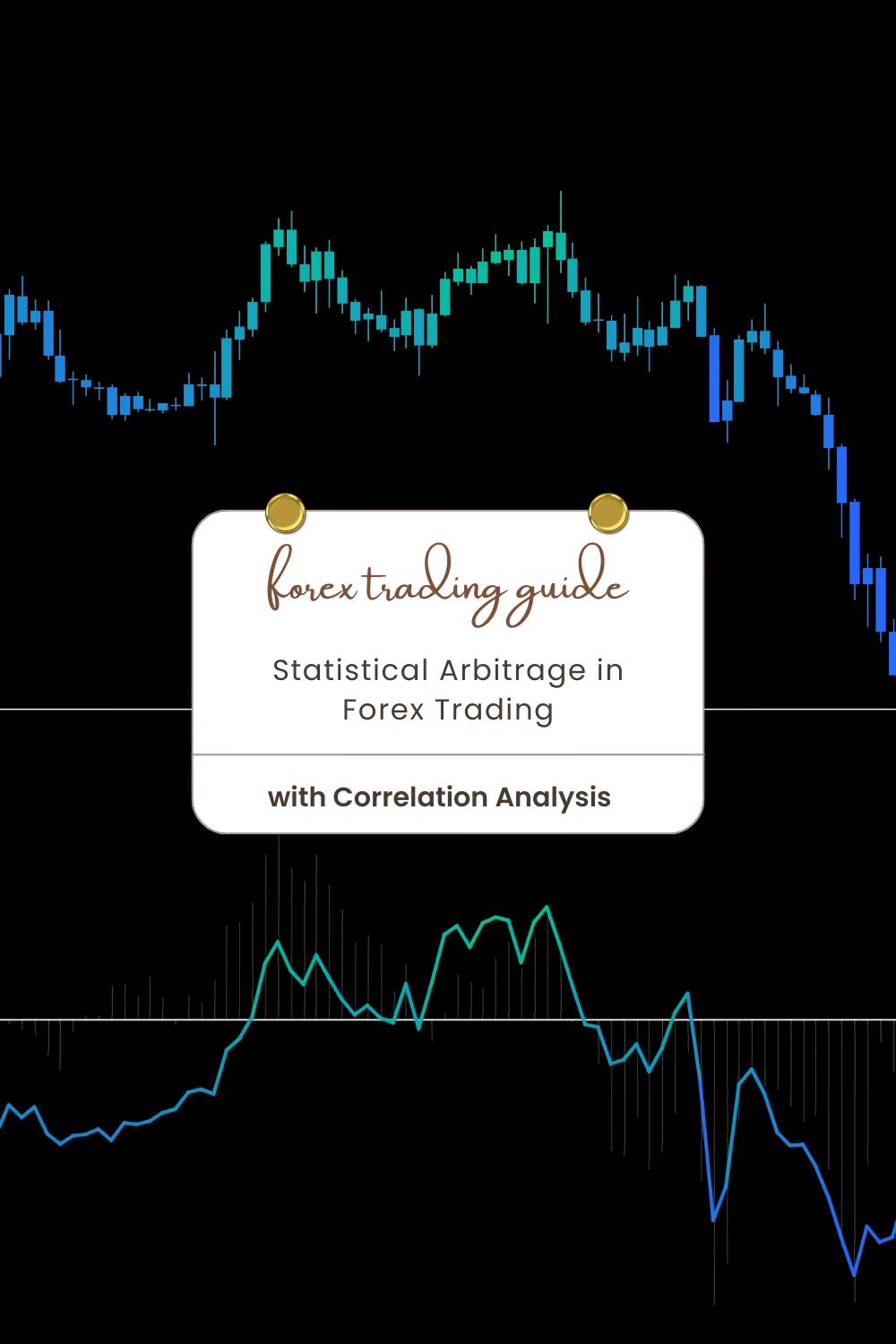Last Updated on March 22, 2025 by Arif Chowdhury
Ever wondered how to make consistent profits in Forex trading without constantly staring at charts?
Do you feel overwhelmed by the complexity of the market?
Let’s break it down together.
Statistical arbitrage is a powerful strategy that leverages price discrepancies between correlated currency pairs.
If you’re like me, you want a reliable way to trade that doesn’t involve guesswork.
So, how do you master this technique?
Let’s dive in!
Understanding Correlation in Forex
In Forex, correlation measures how closely two currency pairs move in relation to each other.
- Positive Correlation: When one currency pair increases, the other increases too. Example: EUR/USD and GBP/USD.
- Negative Correlation: When one currency pair increases, the other decreases. Example: USD/CHF and EUR/USD.
Statistical Fact: Studies show that currency pairs can exhibit correlations of up to 0.9, meaning they move almost in lockstep.
Using Correlation Analysis
First, you need to identify correlated pairs.
Here’s how:
- Data Collection: Gather historical price data for the currency pairs you’re interested in.
- Calculate Correlation Coefficient: Use tools like Excel or specialized trading platforms to calculate the correlation coefficient.
- Analyze Trends: Look for consistent patterns over different time frames.
Once you’ve done this, you can start setting up your trades.
Setting Up Statistical Arbitrage Trades
Now that you’ve identified correlations, here’s how to set up your trades:
- Identify Mispricings: Look for instances where the correlated pairs diverge.
- Entry Points: Enter a trade when the price difference reaches a specific threshold.
- Exit Strategy: Plan your exit when the pairs revert to their historical correlation.
This is where my 16 trading bots come into play.
Each bot is designed to capitalize on these market inefficiencies.
They’re strategically diversified across major currency pairs like EUR/USD, GBP/USD, USD/CHF, and USD/JPY.
This means:
- Minimized Risk: Each bot operates independently, reducing the chance of correlated losses.
- Long-Term Performance: My bots trade on H4 charts, targeting 200-350 pips for better performance over time.
I’ve backtested these bots over 20 years, and they shine even in tough market conditions.
And the best part? You can access this EA portfolio for FREE.
Risk Management in Statistical Arbitrage
No strategy is without risk.
Here are some quick tips to manage it:
- Diversification: Always diversify your trades across different currency pairs.
- Monitor Volatility: Keep an eye on economic news that can impact correlations.
- Use Stop-Loss Orders: Protect your investment by setting stop-loss orders for each trade.
Statistical Fact: Proper risk management can reduce potential losses by up to 30%.
Choosing the Right Forex Brokers
To implement statistical arbitrage effectively, you need a reliable broker.
Look for brokers that offer:
- Tight Spreads: This reduces your trading costs.
- Fast Execution: Speed is crucial for arbitrage opportunities.
- Low Slippage: Ensures that your trades execute at the expected price.
I’ve tested multiple brokers and recommend checking out the best Forex brokers that I’ve vetted.
You can find them here.
Bringing It All Together
Statistical arbitrage in Forex trading is about leveraging correlation analysis to find profitable opportunities.
By following a structured approach and using robust tools like my 16 trading bots, you can enhance your trading strategy.
Remember:
- Identify correlated pairs.
- Monitor for mispricings.
- Manage your risk effectively.
With the right knowledge and tools, you can turn Forex trading into a reliable source of income.
Don’t forget to check out my EA portfolio here to start your journey toward consistent profitability.
